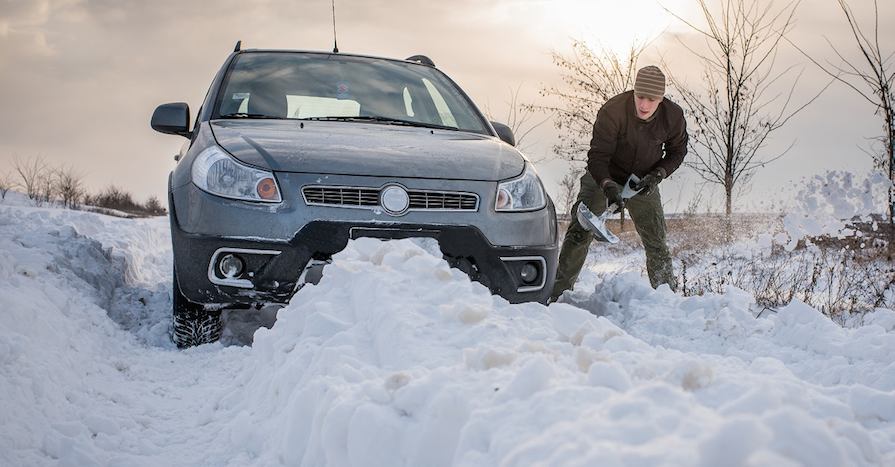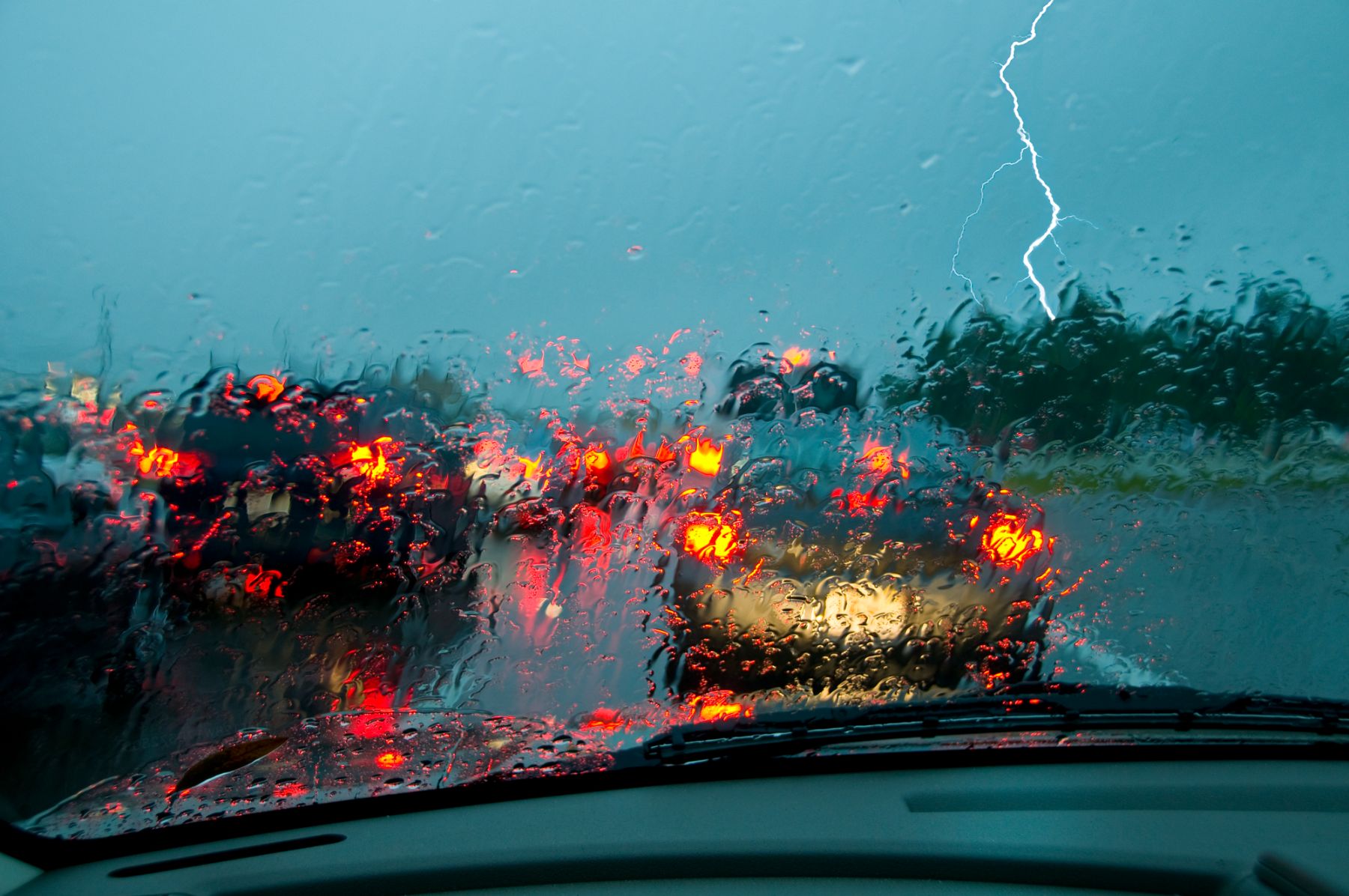Getting stuck in the middle of a big pile of snow or on a stretch of ice can be an all-too-common occurrence during the cold winter months. Luckily, we have a few tips and tricks that can get your car free in no time, even if you don’t have one of the best vehicles for winter driving.
How to prepare for driving in the snow
Before the winter hits and you have to drive in the snow, you should winterize your car and consider stocking it with some winter essentials, including:
• Shovel for snow
• First aid kit
• Car scraper for ice and snow
• Flashlight
• Snow chains for your tires (if appropriate for your location)
• Flares
• Blankets
• Charger for your cellphone
• Tire pressure gauge
• Toolkit
• Sand or kitty litter
Steps to free a car stuck in snow
If your car is stuck in the snow and you have the tools above, you can try a few options to get unstuck. Here are a few things to do first to make sure you get out safely:
- Make sure your exhaust pipe is clear to prevent carbon monoxide poisoning.
- Turn off traction control so that your tires can have full power.
- Put the car in the lowest gear to help gain traction.
- Roll your window down so you can hear it if your tires start to spin.
If the situation ever becomes unsafe or dangerous, call professional help.
However, if the road is safe and you’ve followed the steps above, it’s time to start working on getting your vehicle out of the snow.
1. Clear a path around your tires
Try to dig snow and ice away from the drive tires. You want to free up a few feet in front of and behind the tires so you can move the car back and forth. This is particularly important if your tires aren’t winterized, or if you haven’t taken steps to prepare your vehicle for the winter. Be sure to also dig out any snow under the front or middle of your car that is higher than its ground clearance.
2. Rock your car free of the snow
Carefully switching from drive to reverse can help dislodge some of the snow around your wheels. But be careful not to wreck your transmission. Putting your foot on the brake at the peak of each “rock,” so the car is motionless when changing gears, this helps. It’s also helpful to shift to neutral for a second before making the transition.
3. Don’t floor the accelerator
You’ll always be tempted to floor it if you’re stuck in snow or ice, but don’t. Go easy on the pedal to give the vehicle just a little gas for a moment, then let off. Repeat to enhance the needed “rocking” motion. It’s momentum that sets you free, not power.
4. Add traction under your tires
If you still can’t get your car free, you can next try to gain traction under your wheels. Things such as sandbags, salt, dirt or even kitty litter can be used when your car is stuck in snow. Throw several handfuls under your tires for improved traction, then try gently accelerating again.
It is also important to remember to turn off traction control if you are stuck in snow. This Traction Control is one of several safety features that can help you keep control of your vehicle if you hit ice on the road, but leaving it on while stuck in snow is a different story. Traction control prevents wheelspin, which is the rotation of a vehicle’s wheels without traction and can sometimes help you get your car out of snow. Remember to turn it back on once you’re back on the road.
5. Get others to help push your car
If you have other people in your car, or friendly onlookers who can help, simply pushing your car out of the snow can be an easy solution. Gently press the gas while the car is being pushed to add additional momentum. Safety always comes first, so make sure you’re in forward gear and the ground isn’t too slippery for helpers to push. Always be sure that everyone is in a safe spot before accelerating. Using snow chains can also help create traction under your tires, making it easier to move through snow and ice.
6. Ask for help
Whether you’re stuck in snow or hit a stretch of ice, remain calm. Don’t do anything abrupt, like slamming on the brakes. If you do that, you’ll transfer your vehicle’s weight to your front wheels, which lightens up the rear and makes it likely that your rear end will spin. Instead, gradually let off the gas and hold the steering steady until you’ve cleared the ice.
What to do when your car is unstuck from snow
Once your car is finally unstuck, keep driving safely. If you have to stop and get out, make sure to get your car to a safe spot first. Once you’re back on the road, drive slowly and safely with your traction control system back on.
Your car getting stuck isn’t the only concern when winter comes along. Snowy and icy pavement can lead to accidents. To help you navigate inclement weather this winter, check out these safety tips for driving in the snow.




